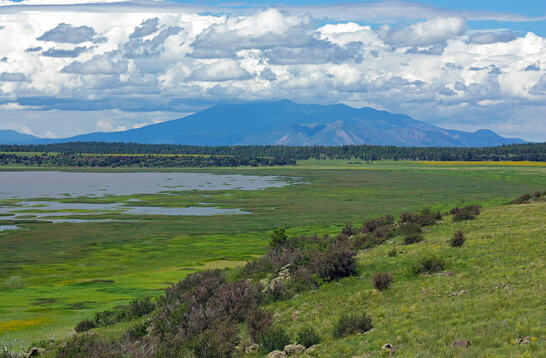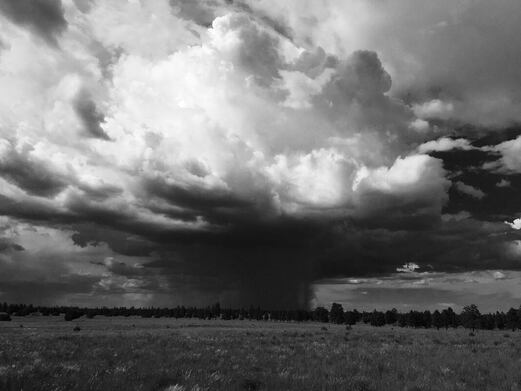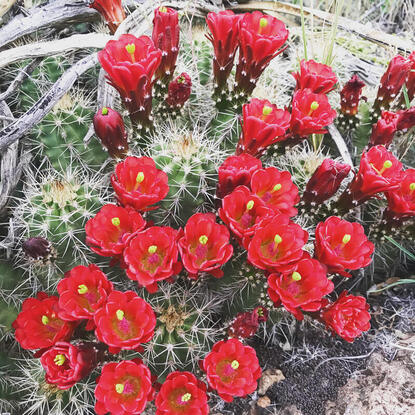 Monsoon clouds over the San Francisco Peaks (Wikimedia Commons) Monsoon clouds over the San Francisco Peaks (Wikimedia Commons) Although it’s been hot and dry in Flagstaff lately, we residents of northern Arizona know that our trails and gardens will soon be drenched with monsoon rains. While these rains are welcoming, refreshing, and exciting, they can also lead to property damage and flooding. Nevertheless, monsoon season is a phenomenon that many Flagstaffians look forward to. Last August, I drove down from Fairbanks, Alaska to make a new home in Flagstaff. I had heard about the monsoon season and was excited to experience it. However, as Flagstaff residents are well aware, the monsoon rains didn’t fall in 2019. Why did we skip a year? What is a monsoon? To answer this question, we need to understand what a monsoon is and why some areas experience monsoon seasons. A monsoon occurs when wind patterns shift to carry moist air from the tropics to drier desert locations. Hot June temperatures in Mexico and the southwestern US initiates these wind shifts, carrying moisture off the Gulf of California and the Pacific Ocean and bringing rains and storms to the southwest. Monsoon season is critical for keeping northern Arizona’s reservoirs full and its farms productive: 40–50% of the area’s annual precipitation arrives during monsoon season.  Heavy rains can fall in northern Arizona between mid-June and late September (Needpix) Heavy rains can fall in northern Arizona between mid-June and late September (Needpix) So, what happened in 2019? Perhaps not surprisingly, meteorologists throughout Arizona have differing opinions on why our monsoon season was seemingly absent in 2019. Drawing from news articles published in August 2019, all meteorologists agree that last year was unusual. It’s difficult to argue with the data: last year was the driest on record (since 1898), with only 2.08 inches of rain (Flagstaff’s average monsoon season precipitation is 8.31 inches). Perhaps, according to National Weather Service meteorologist Megan Taylor, a competing weather system from the west pushed away moist air traveling from Mexico. Some meteorologists chalk up our dry monsoon season to “luck of the draw.” Michael Crimmins, another National Weather Service meteorologist, maintained that the monsoon season did come, but it was “a little bit later and...weaker” than past seasons. Overall, it’s difficult to say what caused our dry monsoon season last year. For now, we’ll continue to look to the sky and hope for our replenishing rains to make their anticipated appearance. For more information about the monsoon season in northern Arizona, check out this National Weather Service page.
Written by Sara Wilbur
1 Comment
2/14/2024 12:56:55 am
This is a great article that provides a clear and concise explanation of monsoons and why they occur. I found the information about the factors that contributed to Flagstaff's lack of a monsoon season in 2019 to be particularly interesting. Overall, this is a well-written and informative article that I would recommend to anyone who wants to learn more about monsoons.
Reply
Leave a Reply. |

